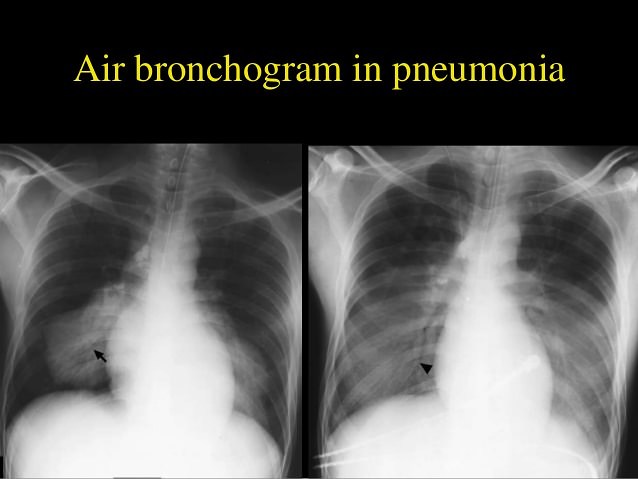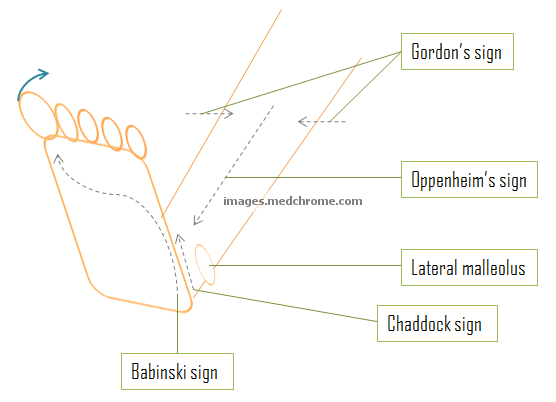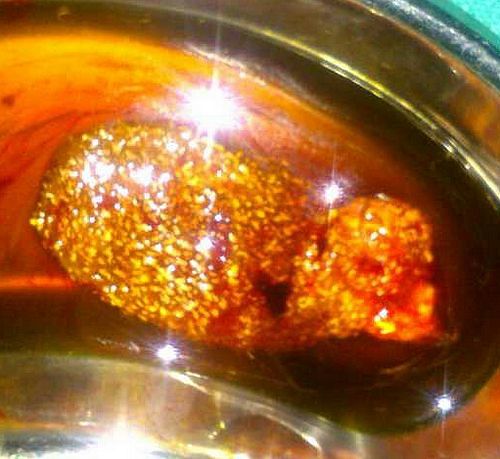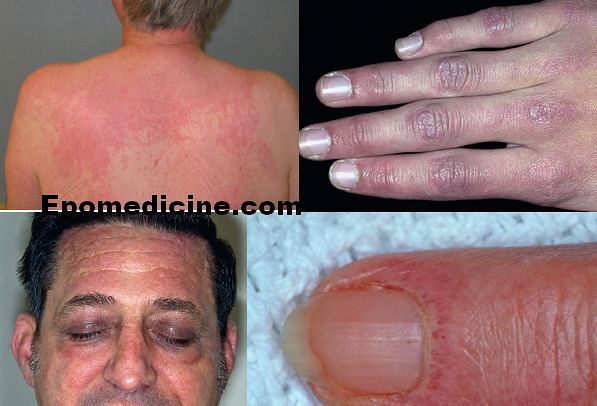Dermatomyositis is a connective tissue disorder characterized by chronic inflammation of voluntary muscles and skin. It is more common in women and the age of onset is 50-70 years. A) Heliotrope Rash: It is a macular, confluent, purple or purple/red rash over both eyelids and periorbital tissue present with or…

Chest X-ray: Alveolar vs Interstitial Disease
Interstitium is the scaffolding that supports the alveolar walls and surrounds both the alveoli and the terminal bronchioles. Neither alveoli nor interstitium is visible on a chest X-ray when normal. It is necessary to analyze whether the pattern of diffuse opacification in the lung field is alveolar or interstitial. Terms:…

Systematic Approach to Frontal Chest X-ray
To make an appropriate diagnosis through a chest radiograph, it must be analyzed in a systematic manner. One of the common mistakes that students do is to miss the regions that needs to be looked for – commonest being the rib fractures. A mnemonic has been devised for this purpose:…

Pathological reflexes – Variations of Babinski
Normally, the pathological reflexes are not evident because they are suppressed by cerebrum at brainstem or spinal cord level by 6 months of age. Importance: Up-going (dorsiflexion) toe can be elicited at various sites and all indicated Upper Motor Neuron (UMN) lesion. Use a blunt-pointed object like fingernail or tip…

The Continuum: SIRS, Severe Sepsis and Septic Shock
SIRS criteria are mostly used as a screening tool to identify patients that may need further workup for sepsis and severe sepsis. In the emergency department it is a triage tool that helps determine patient acuity and identify patients that are potentially septic and in need of further screening. Septic…

Hematological Signs – Angular Stomatitis and Atrophic Glossitis
ANGULAR STOMATITIS/CHEILITIS Definition: Maculopapular and vesicular lesions grouped on the skin at the corners (or ‘angles’) of the mouth and the mucocutaneous junction. It is made worse by licking the lips. Causes: 1. Oral candidiasis 2. Poorly fitting dentures 3. Bacterial infection 4. Less common Nutritional deficiencies (especially riboflavin, iron and pyridoxine) Iron…

Strawberry Gallbladder (Cholesterolosis)
Synonyms: Strawberry gallbladder is also known as hyperplastic cholecystoses. Hyperplastic cholecystoses are a spectrum of non-neoplastic proliferative disorders caused by deposition of cholesterol-laden macrophages within the wall of the gall bladder. The cholecystose range from abnormalities of the gallbladder wall (adenomyomatosis and strawberry gall bladder) to gallbladder polyps extending into…

Dermatology Internship : 5 Common Skin Diseases Seen
Amidst the post-earthquake fear, we managed to complete our 15 days internship in the Dermatology department which was setup in the patient’s waiting hall. The posting went pretty well; the learning experience was fun – thanks to the teachers and seniors who provided us with friendly environment and guidance. A…
